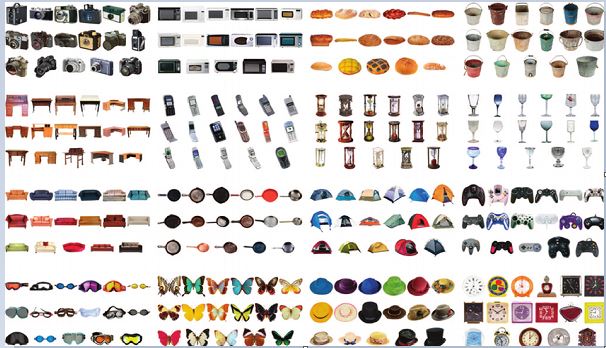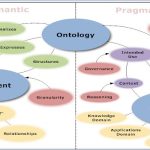categories are an important aspect of general knowledge reasoning
strict kind categories – an object is a triangle iff it is a polygon with 3 sides
natural kind categories – have no clear cut definition
there are 2 choices for representing categories in first-order logic:
§ predicates (e.g. basketball(X))
§ objects (e.g. reify the category as an object, basketballs. and thus allows us to say member(X, basketballs) “X is a member of the category basketballs”)
categories can belong to sub-categories
taxonomy/taxonomic hierarchy – organization of categories and its subclasses
inheritance – an object or sub-category inherits the properties of the upper category
disjoint – 2 or more categories are disjoint if they have no members in common
exhaustive decomposition – for example, if an animal is not male then it must be female
partition – a disjoint exhaustive decomposition
example of disjoint, exhaustive decomposition, and partition
| Disjoint({Animals, Vegetables})ExhaustiveDecomposition({Americans,Canadians,Mexicans},NorthAmericans)Partition({Males,Females}, Animals) |
Physical Composition
the idea that one object can be part of another
example of physical composition
| part_of(bucharest, romania)part_of(romania, eastern_europe)part_of(eastern_europe, europe)part_of(europe, earth) part_of(x,y) ʌ part_of(y,z) → part_of(x,z)part_of(x,x) |
composite objects – characterized by structural relations among parts
measurements – objects have height, mass, cost, and so on. the values that we assign for these properties are called measures
Substances vs Objects
individualization – division into distinct objects
Suppose I have some butter and an aardvark. I can say I have one aardvark, but there is no obvious number of butter. Any part of butter object is also a butter object. However if we cut an aardvark in half we don’t get 2 aardvarks unfortunately
count nouns – nouns that can be counted
mass nouns – nouns that cannot be counted
intrinsic properties – properties that belong to the very substance of the object, rather than the object as a whole (e.g. density, boiling point, flavor, color, ownership, etc)
extrinsic properties – properties that are not retained under subdivision (e.g. weight, length, shape, function, etc)
a class of objects that includes in its definition only intrinsic properties is then a substance or a mass noun
a class of objects that includes in its definition any extrinsic properties is a count noun


